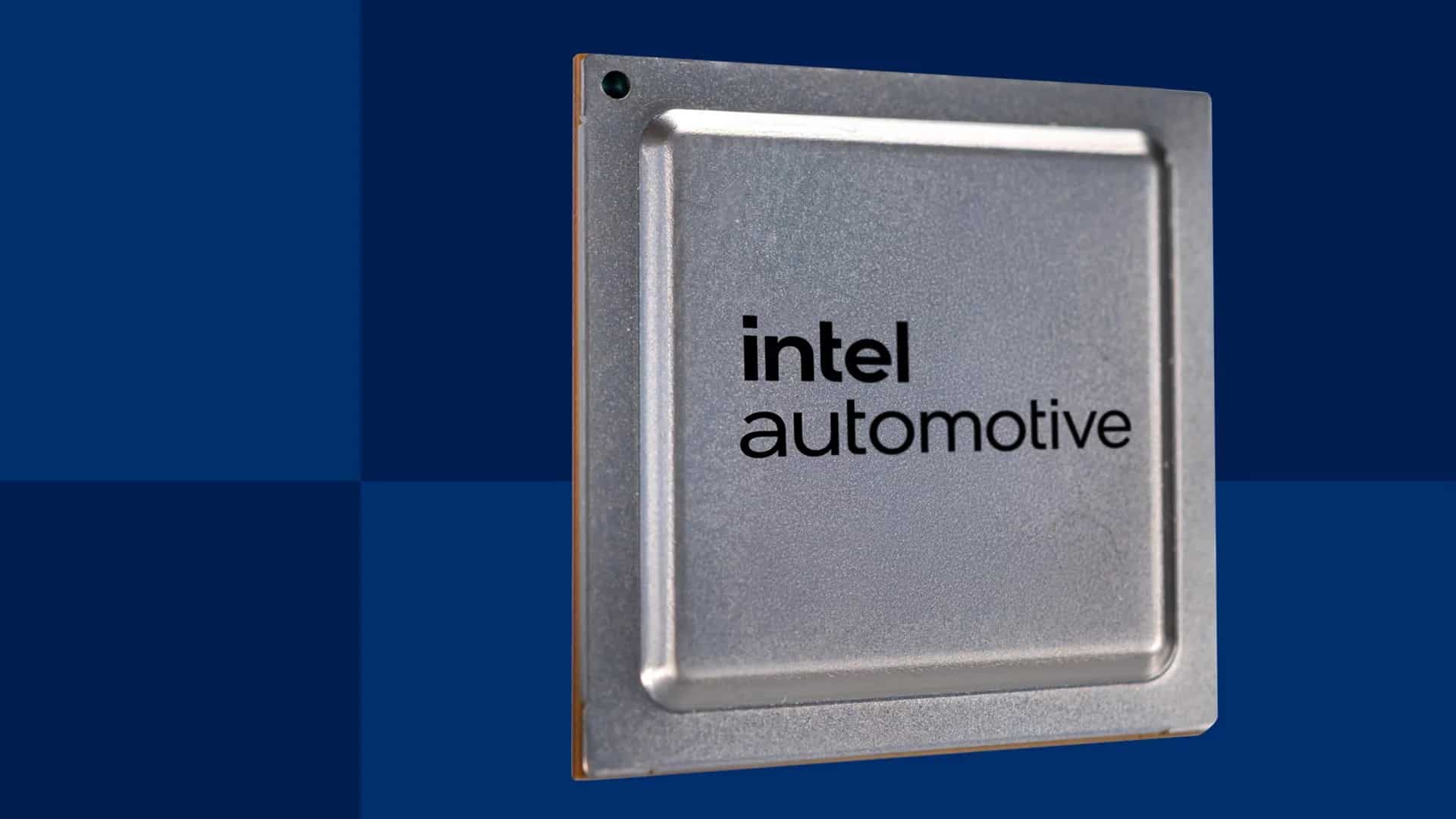Intel unveiled its revolutionary complete vehicle platform and the new Adaptive Control Unit (ACU) at CES 2025, designed to transform the electrical/electronic (E/E) architecture of vehicles, optimizing costs and enhancing performance. This innovation marks a milestone on the path toward software-defined vehicles (SDVs).
Complete Vehicle Platform: A Comprehensive Vision
Traditional fragmentation in E/E architecture creates inefficiencies that Intel addresses with a platform that unifies critical functions. The complete vehicle platform allows for the consolidation of applications and domains into a single system, reducing costs and increasing efficiency.
The key to this platform is the Adaptive Control Unit (ACU U310), a versatile chip that consolidates multiple critical functions, integrating real-time processing, cybersecurityCybersecurity solutions are essential in the era of digital…, and advanced algorithms.
Adaptive Control Unit (ACU U310): Key Features
Workload Consolidation
- X-en-1: Combines multiple zonal microcontroller functions into a single chip, ensuring deterministic and interference-free processing (FFI).
- Dual Logic: Includes a flexible logic area that offloads real-time control algorithms from the CPU, ensuring reliable performance.
Benefits in Electric Powertrains
- Reduction of vehicle energy demand through algorithms that adjust voltage and control frequencies based on driving style and road conditions.
- Recovery of up to 40% of energy losses from the powertrain system.
- Improvement in efficiency between 3% and 5% during WLTP tests, enhancing range and reducing costs for the electric motor and battery.
Success Cases
- Stellantis Motorsports: The ACU technology will be used in next-generation inverters to improve performance and efficiency in Formula E racing.
- Karma Automotive: Will implement an inverter co-developed with Intel, optimizing driving profiles and innovative features such as Torque Ripple Reduction and Range Boost.
Software-Defined Architecture Driven by AI
Intel also announced the second generation of Intel® Arc™ B-series graphics for automotive, which will be available in late 2025. These GPUs enable:
- Advanced AI processing for human-machine interfaces (HMI).
- Immersive experiences and gaming capabilities AAAAAA is a framework that integrates tools, proc… within the vehicle.
- Scalability for complex AI tasks through integration with Intel’s AI ecosystems.
Collaboration with AWS: Unified Virtual Development
Intel and AWS introduced the Intel Automotive Virtual Development Environment, allowing developers to work with hardware and software parity from the cloud to the vehicle. This environment eliminates the need for costly electronic control unit (ECU) simulators and facilitates development with:
- Instances based on Intel® Xeon® processors on Amazon EC2.
- Direct integration of Intel’s SDV SoCs, reducing R&D costs and accelerating time to market.
Advantages of Intel’s Comprehensive Approach
Intel’s complete vehicle approach offers multiple benefits:
- Cost Reduction: Streamlines the supply chain and component design.
- Greater Energy Efficiency: Increases range and reduces the size of key components.
- AI Integration: Enhances advanced tasks with hardware designed for specific workloads.
- Improved Performance: Provides a more responsive and efficient driving experience.
With these innovations, Intel reaffirms its commitment to leading the future of software-defined vehicles and transforming electric mobility.
via: Intel

